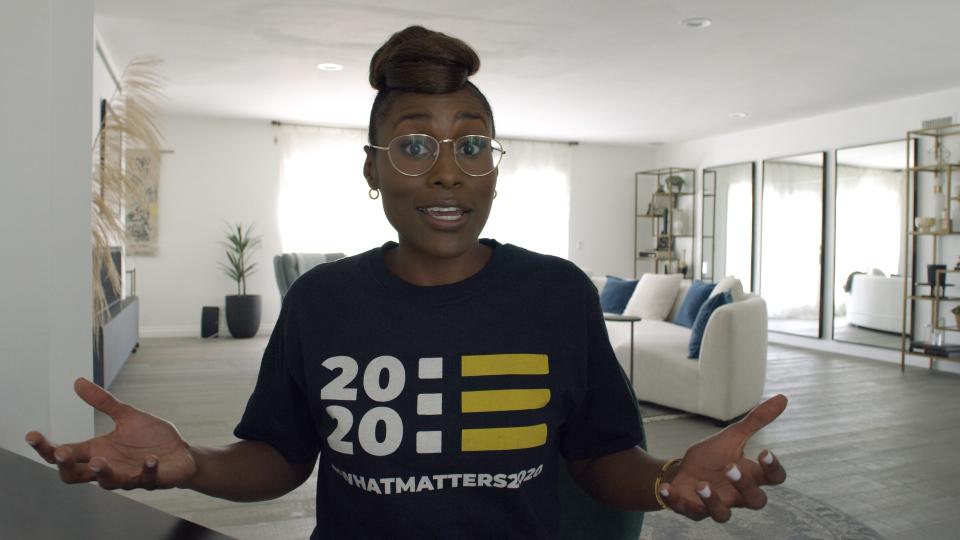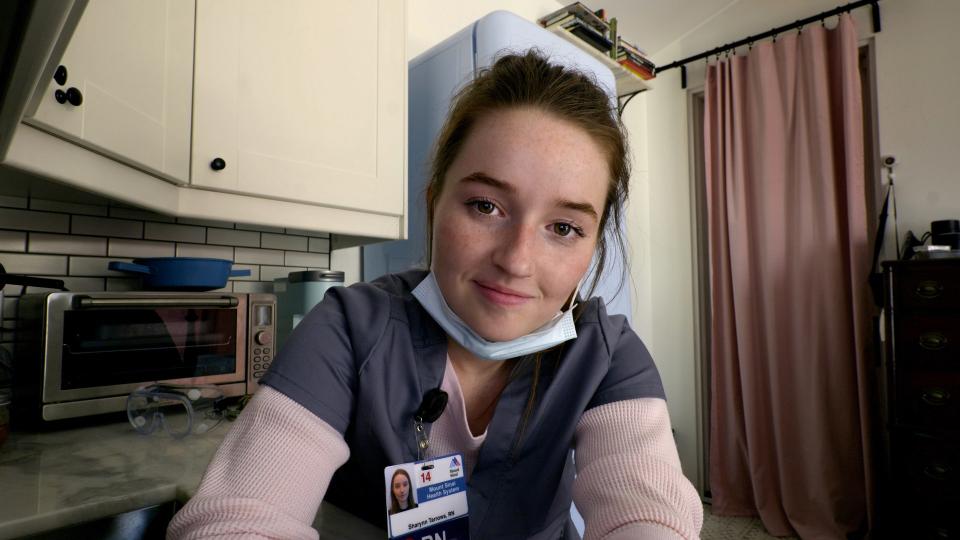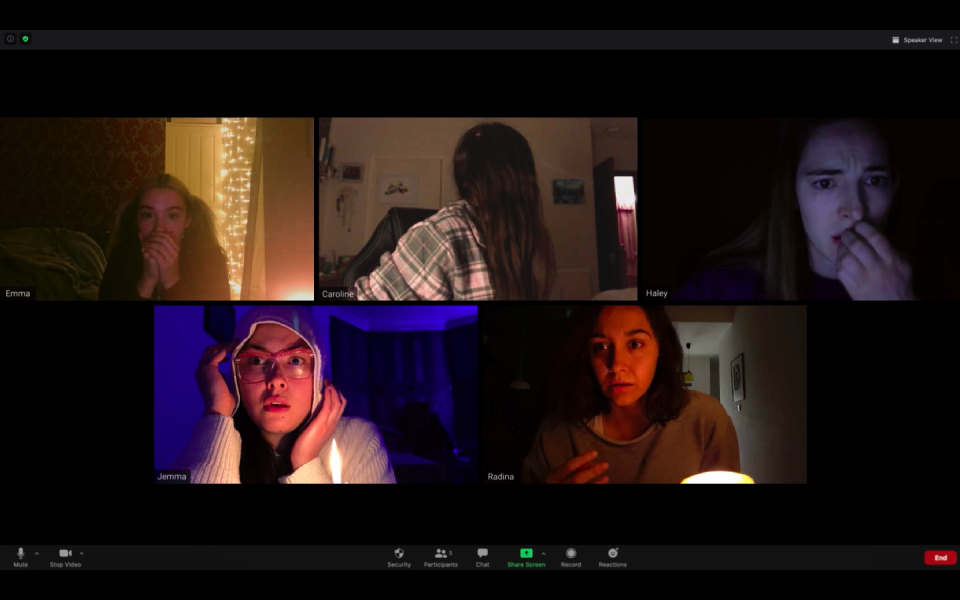Actors’ Homes Become Sets During COVID-19
Suddenly, a dog walks past the screen and a baby cries, awoken from a too-short nap by nearby construction. Hastily made beds, half-done puzzles, and bread-making supplies clutter the background. And then there’s the guy who forgot to push mute, the one without pants, and another who holds the camera too close.
Although this might sound like every Zoom meeting or FaceTime call you’ve participated in since March, it’s actually a list of problematic scenarios faced by actors including Bette Midler, Leslie Odom Jr., and Dan Levy when they rolled out the welcome mats and allowed their homes to serve as makeshift sets for scripted TV and movie productions such as Coastal Elites (HBO), Host (Shudder), Mythic Quest (Apple TV+), and Love in the Time of Corona (Freeform) when pandemic rules and safety recommendations closed soundstages and required casts and crews to remain socially distant and well sanitized.
“It's truly amazing that we got anything other than a blooper reel. We had WiFi outages, phones freezing, phones ringing, dogs barking, kids running wild, [props] breaking, people putting themselves on mute and, worse, not knowing they’re not on mute. Rob [McElhenney] dropped his laptop and broke the screen. F. Murray Abraham accidentally called the emergency number twice while trying to set up his iPhone,” says Mythic Quest writer and executive producer Megan Ganz of the chaotic making of a bonus episode that saw the workplace comedy’s fictional employees (and the people who play them) #WFH and cope with the COVID-19 crisis. “There were a million complications, like actors doing their own makeup.”
For Emmy-winning director Jay Roach, who is used to massive crews and elaborate sets for films like Bombshell, it was “a matter of balancing safety with the value of telling this story while it’s relevant” and “accepting that there would be a lot of limitations” in order to “make the production footprint so small that there’d be very little risk” after his derailed gig capturing a live Public Theater staging of Coastal Elites, a series of monologues about life in Trump’s fractured America, was reimagined as an HBO special to be shot remotely.
“I was worried going in,” he admits. “In an ideal filmmaking world, you have control over every single detail, from lighting to the size of a door an actor enters through.

“We were limited to the spaces and styles of these very successful working actors, which in all cases except Issa [Rae’s], the statuses of the actors and characters didn’t line up,” Roach continues. “We had to look around within our quarantine worlds to find things that would serve the character, and make do.”
The first step in that process always involved actors scouting their own spaces via video tours. Ganz explains, “They were gracious with allowing us to snoop around their houses and would carry laptops around [so] our DP could consider things like room depth and what time of day the light would be best based on which way their windows faced.”

Roach lucked out, as much of his cast had satellite buildings on their properties that were less personalized and, more important, less lived in. “That way we were able to manipulate the background in small ways: thin out furniture or drop in props. This was especially important for Bette’s scene because it was not set in a home but at a precinct. Luckily, her property in upstate New York has an art studio at the back. Production designer Mark Ricker could paint walls, put in a water cooler and interrogation table, and hang a light [for] a cop-lit setting.”

Sometimes it worked in the opposite direction, with what they saw on screen inspiring specific moments or plot points. “My entire process was dictated by random things actors had in their houses, from a squeaky attic to a creepy hallway,” says Rob Savage, director and writer of the scary movie Host. “Most made it into the film, but I regret not figuring out a use for[actor Edward Linard's] massive billiards table. I planned a scene where [his character,] Teddy, got pelted with flying balls. It looked rather silly so we cut it.”
Shooting at home was a mixed bag for the actors. “My commute was rolling out of bed onto the floor, and my mum left coffee and food outside my bedroom door,” says Host’s Emma Louise Webb, whose mother’s mannequin features prominently in a scare. “[But] we had to do 10 people’s jobs every day. My bed had to be made the same every day for weeks for continuity. There was a lot of tidying up between takes. I’m still finding BBs from glass smashes. I have candle wax stains on my floor. Your room becomes your work.”
And when that work is about an online séance gone wrong, it’s hard to disconnect once cameras stop rolling. “I had trouble sleeping for weeks. I would stare at my doorway,” says Webb. “I still bring water up before bed [so] I don’t have to go downstairs on my own at night.”
Roach, like Webb, is eager to return to show business as usual but was pleasantly surprised by the results. “It was quite enjoyable and focused as a process,” the director says. “Just me, Paul [Rudnick, screenwriter], and the actors, on computers. It would have worked for this material even if we weren’t in a pandemic. A real intimacy happened, like you were eavesdropping on somebody’s therapy session or AA meeting.”
Originally Appeared on Architectural Digest
